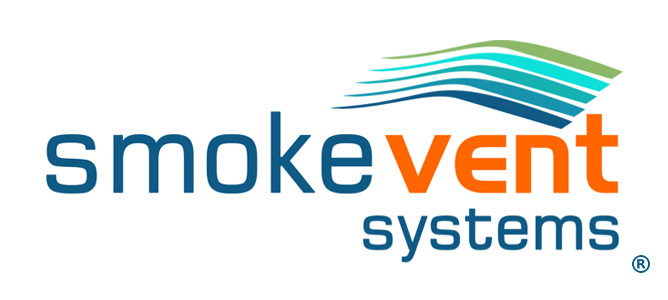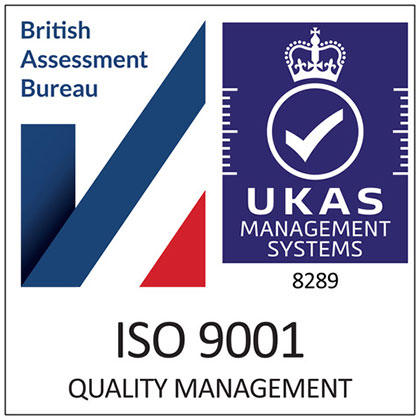Air Leakage Testing of Smoke Shafts
Email info@smoke-vent-systems.com or call now on: 01425 473537
What Is Air Leakage?
Air Leakage or Air Tightness is the uncontrolled ventilation of air through gaps within the building fabric. This is typically around doors and windows, but can be around lighting and services, as well as being parts of the structure.
What are the requirements?
For certain types of building the Building Regulations require smoke control systems. These are described within Approved Document B. The systems can have various objectives and formats. Examples are; smoke clearance, limit the spread of smoke by exhaust ventilation, provide smoke free areas for either escape or fire services access, either by ventilating smoke or containing to certain areas, or even limiting the depth of smoke. These are often considered as life safety systems.
A critical part of many systems are the ducts and/or shafts used to transport smoke or clean air. When the duct or shaft is carrying smoke it is required to have a fire resistance. This includes an air tightness criteria. Also, as the systems are designed, the design must not be compromised by the leakage characteristics of the duct or shaft.
The British and European standards stipulate a limit for the leakage rate and the design guide standards stipulate that the designer must take the leakage characteristic into account in the design.
It is therefore extremely important to know what that characteristic is, in order to be able to demonstrate compliance.
How?
Prior to dampers, ductwork and fan-sets being installed, all openings must be temporarily sealed. An air pressure test much like a building leakage test is then performed. Using one of the openings and a fan, the shaft is pressurised to establish the air permeability.
Pre-requisites
- Construction to the shaft complete
- No temporary seals to construction other than openings for dampers, fans and ductwork (temporary seals to these).
- Any Fire-stopping/penetrations completed
- Shaft free of debris and other trades
- Suitable access to shaft
- Power available (240v/110v)



